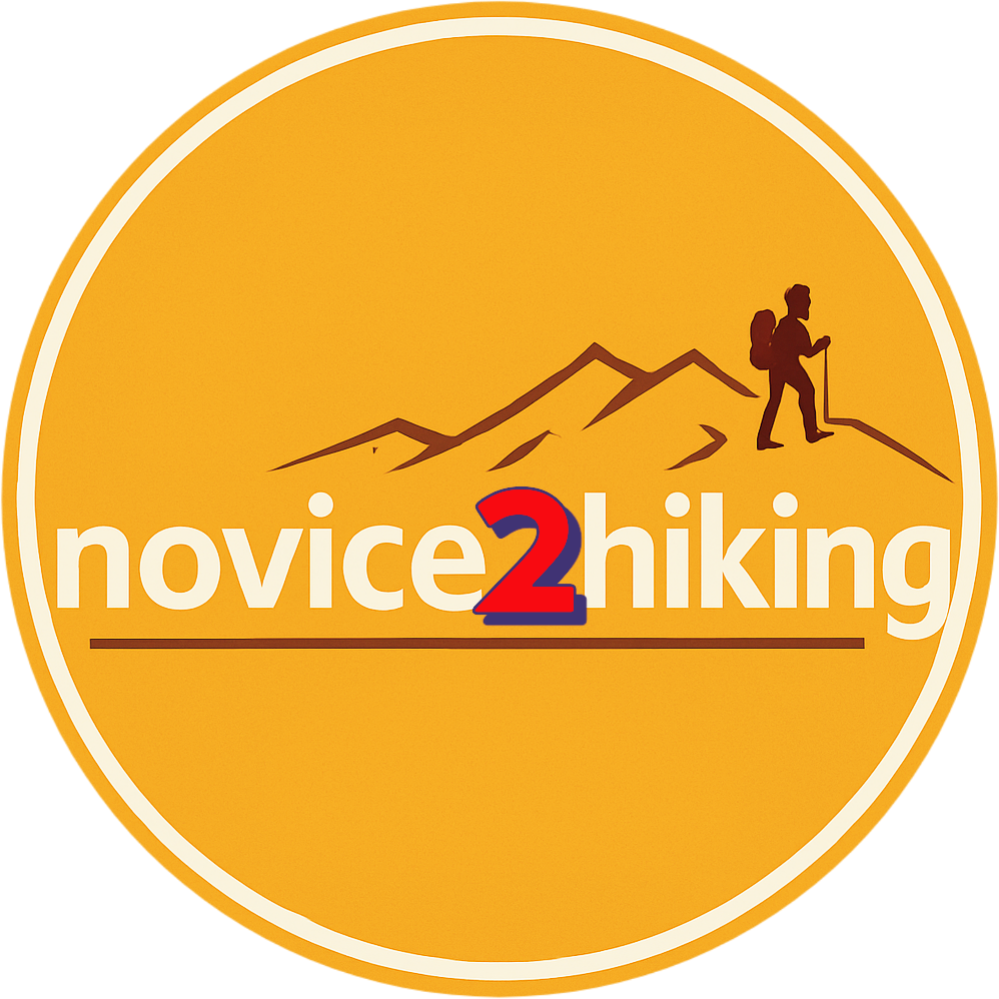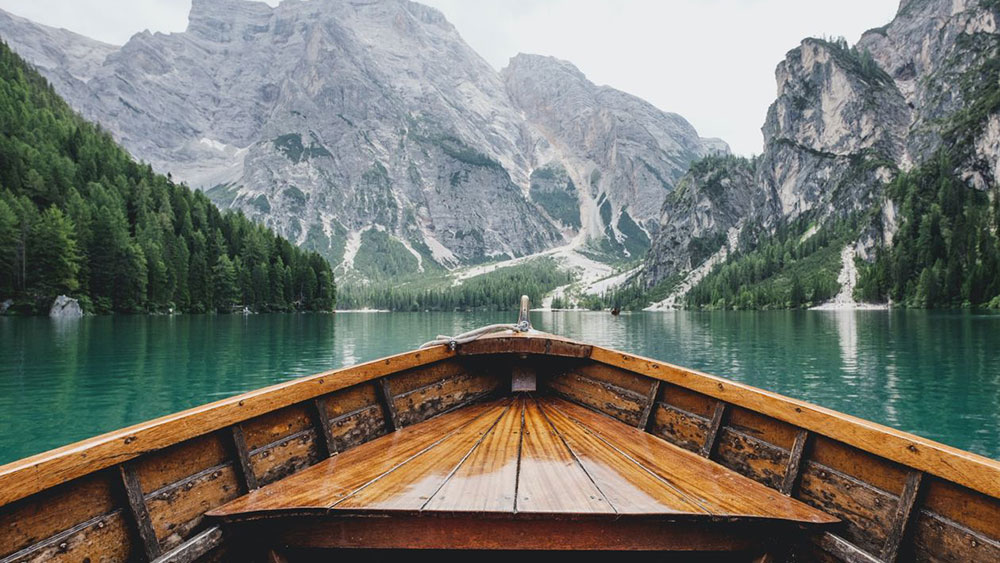When I first started hiking, I assumed I needed to look like a Patagonia catalog cover model just to feel prepared. But here’s the truth: choosing hiking clothes for beginners doesn’t mean you need head-to-toe technical gear or a closet full of moisture-wicking mysteries. What you wear hiking is about comfort, layering smart and keeping things trail-functional, not trendy.
Whether you’re out for a mellow forest walk or working up to your first summit, here’s how to dress like someone who’s been hiking for years — without spending like it.

👚 1. Start with a Good Base Layer
Think of your base layer as your hike’s foundation. Cotton traps moisture, so avoid it. Instead, go for a lightweight synthetic or merino wool top that keeps you dry and stink-free. This isn’t about fashion — it’s about not feeling clammy and cold halfway up the trail.
My favorite beginner pick: a soft, breathable long-sleeve hiking tee that feels like your favorite gym shirt but dries faster.
🧥 2. Layer Like the Weather Will Change (Because It Will)
Even in warm weather, higher elevations or sudden storms can bring a chill. A lightweight fleece or midlayer is your secret weapon. Then top it off with a packable rain jacket or windbreaker — something you can stash easily if the sun comes back out.
👖 3. Pants or Shorts? Yes, But…
Skip jeans — they’re heavy, don’t breathe, and become miserable when wet. Instead, go for stretchy hiking pants or durable trail shorts. You want something with room to move and maybe a few pockets.
Convertible zip-off pants? Only if you’re into that. No judgment
🧦 4. Don’t Overlook Your Socks
If you’ve ever ended a hike with a blister the size of a grape, you know socks matter. Wool or synthetic hiking socks are worth the few extra dollars — they help prevent friction and keep your feet dry. Trust me: this is where comfort starts.
👟 5. Shoes Matter — But You Don’t Need Boots (Yet)
Hiking shoes or trail runners are perfect for most beginner hikes. You want traction, cushioning, and support — not a boot that feels like a ski cast. Unless you’re carrying a heavy pack or navigating rocky trails, go light and comfy.
🧢 6. Accessories That Actually Matter
- Hat: Sun protection or warmth, depending on the season.
- Sunglasses: Your eyes will thank you, especially on exposed trails.
- Gloves (in colder months): Lightweight but insulating.
- Neck gaiter or buff: Versatile for sun, wind, or chilly air.
🏕️ Beginner Outfit Example (Under $100 Total)
- Synthetic or merino tee
- Lightweight hoodie or fleece
- Packable shell or rain jacket
- Quick-dry pants or shorts
- Trail shoes or hiking sneakers
- Wool-blend socks
You probably already own half of that — and you don’t need to buy it all at once.
🧭 Final Tip: Dress for Movement, Not for Instagram
When your hiking clothes for beginners move with you, don’t chafe and keep you dry, your whole hike feels better. That’s it. No fancy tags, no influencer gear hauls — just you, nature and layers that work.


